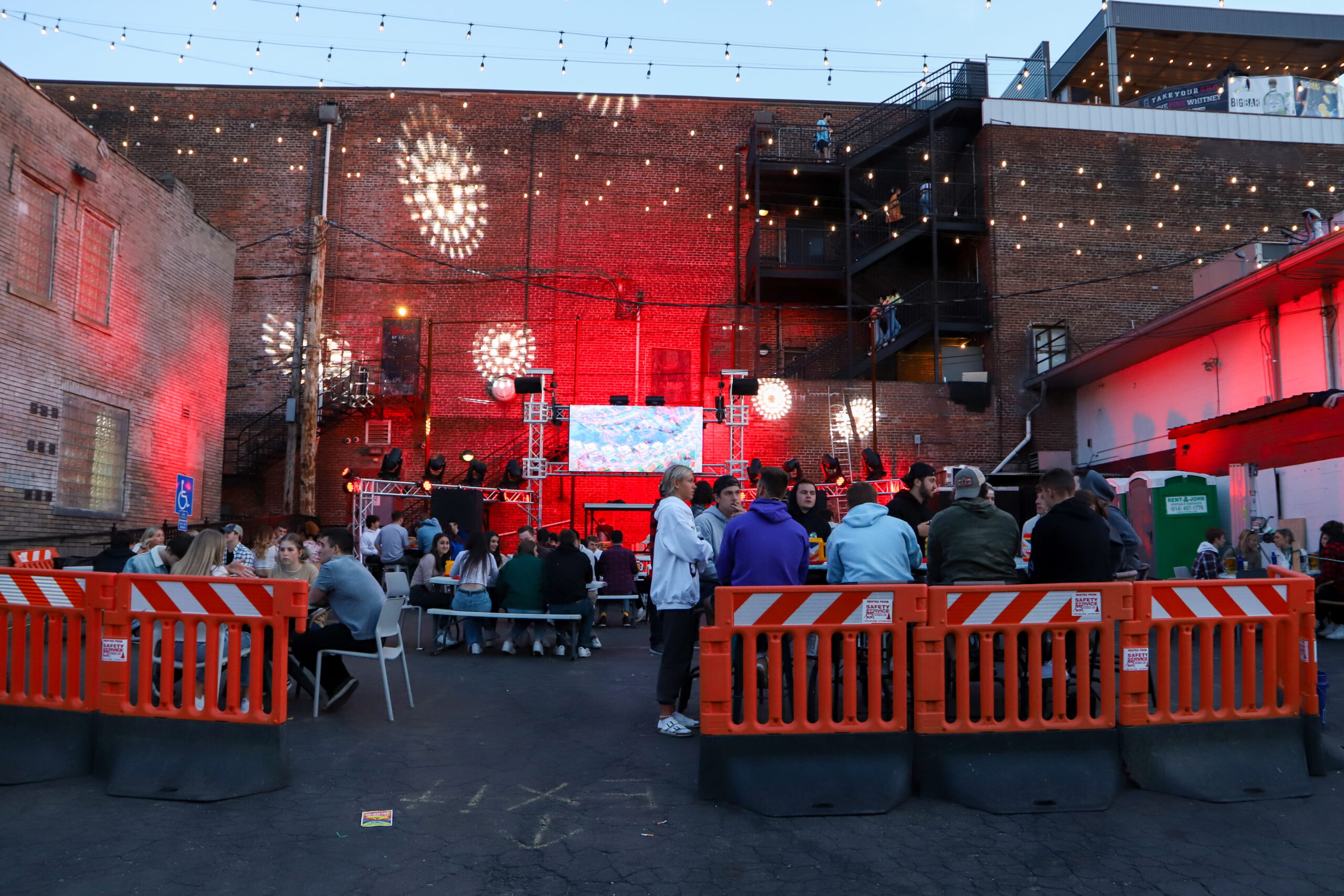How can students obtain fake identification?
In college towns where party culture is prevalent, underage students can often feel pressured to obtain alcohol. To bypass this restriction, some students resort to purchasing fake identification cards or driver’s licenses to purchase alcohol on their own.
Max, a freshman (name and major withheld for privacy), recently went through a complex process to obtain a fake ID. “When I want to drink, I usually ask an upperclassman to buy alcohol for me,” Max explained. “But sometimes it’s difficult to coordinate with them. Having a fake ID gives me more freedom to buy alcohol on my own whenever I want.”
Obtaining the fake ID was a simple process for Max. He paid a fee of approximately $80 to $90, provided a photo that met specific requirements (such as a plain light background taken from the waist up), and provided the desired information to be printed on the card. These requirements were communicated to him through social media.

Getting the ID
To obtain a fake ID, Max followed a few steps. He placed a group order with his classmate and paid a fee of around $80 to $90. He submitted a photo that met specific requirements, such as a plain light background and a waist-up shot, and provided the necessary personal information to be printed on the card. The instructions on these requirements were communicated to him through social media.
When Max expressed his interest in obtaining a fake ID, he was approached by a member of an organization he belonged to. While there are various ways to get fake IDs, Max believed purchasing from a known individual would be the safest option. Some students have the means to produce fake IDs themselves, but not everyone has access to the necessary materials and equipment. Thus, buying a professionally made fake ID is deemed easier and less risky.
After paying the fee, Max had to wait for a few weeks for his ID to arrive. Since fake IDs are manufactured in large quantities, a certain number of orders are required before the seller can fulfill them. These transactions are often spread through word of mouth and a lengthy chain of intermediaries. Max had no idea where the ID was being made, other than it was being produced out of state.
In the past, having social connections was necessary to obtain a fake ID. However, the landscape has shifted in recent years, and now there are numerous websites where they can be purchased. These sites price IDs based on factors such as the state they’re from – with some being more difficult to forge than others – as well as the quantity being purchased. Payments for these IDs are typically made using either Bitcoin or through Western Union, which enables buyers to meet with sellers in person and pay them in cash.
The Various risks associated with getting a fake ID
Most restaurants and bars that serve alcohol require their employees to undergo Licensed Education on Alcohol and Drugs (LEAD) training to reduce the risk of liability and promote responsible alcohol service. The program is available free of charge through the California Department of Alcoholic Beverage Control and covers a variety of topics related to responsible alcohol service, including checking IDs, recognizing signs of intoxication, and preventing underage drinking. By completing the LEAD program, small businesses can demonstrate their commitment to responsible alcohol service, potentially reducing their insurance premiums and avoiding costly legal issues. The licenses obtained through this training do not expire, making it a worthwhile investment for businesses and individuals alike.
Petra co-owner Rammy Aburashed reports that their establishment catches a considerable number of people attempting to use fake IDs. He believes the attraction is their extensive selection of beers, with 16 on tap and many available in bottles. However, when a fake ID is discovered, it is the restaurant’s policy to contact the police. The staff is well-trained to identify fake IDs, but if an employee accidentally sells alcohol to a minor, they could face a fine of around $5,000. The restaurant takes these regulations seriously to ensure the safety of their customers and avoid legal consequences.







